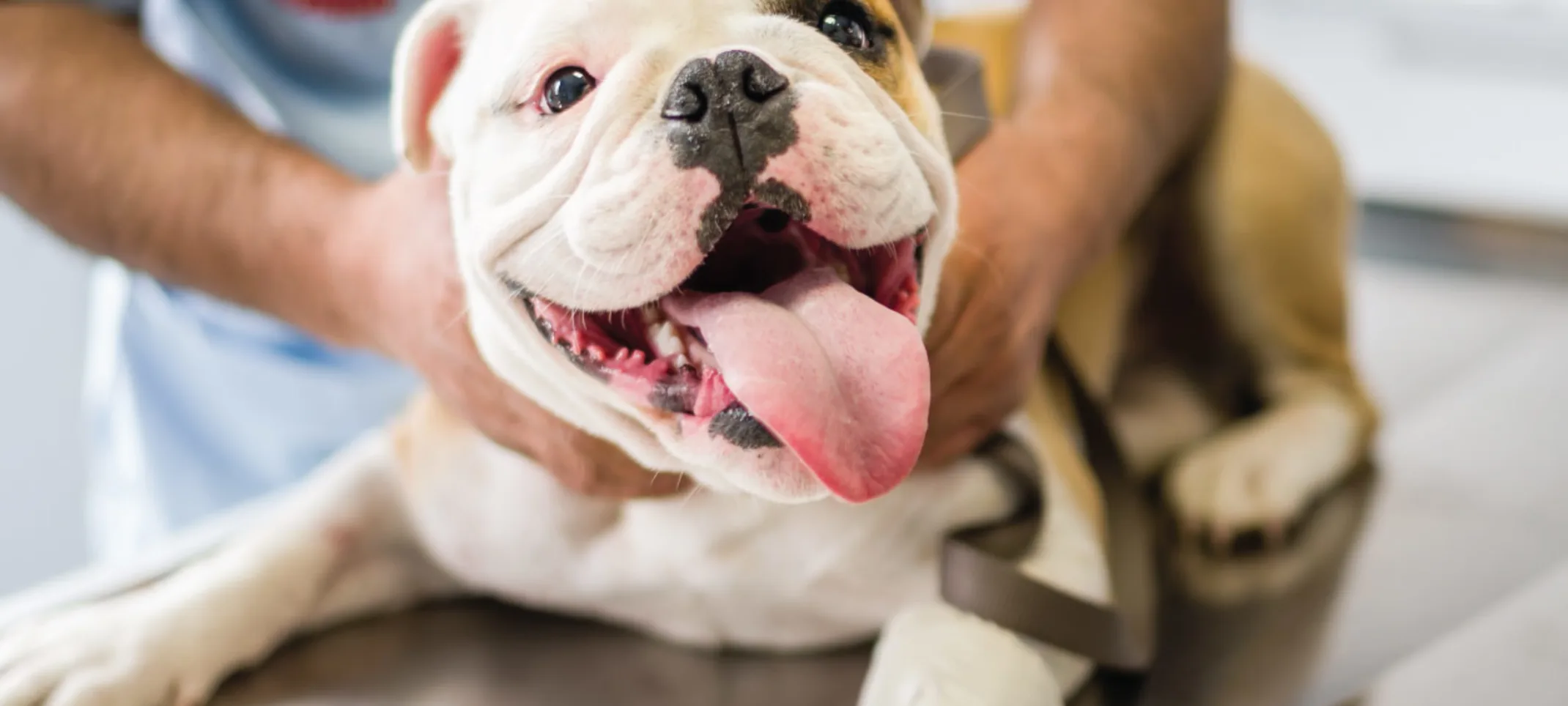Laurelwood Animal Hospital
CT Scan
A computed tomography scan, or just CT scan, is a highly useful tool when taking a closer look at your pet’s organs, muscles, bones, or other internal body part.

Overview
A computed tomography (CT) machine uses x-rays to take multiple images of inside your pet’s body, and provides small, cross-sectional pieces for viewing which can be combined to construct a three-dimensional model and provide excellent detail of your pet’s internal organs, bone, blood vessels, and soft tissue. This also provides more detail than the traditional x-ray would be able to do.
Why would my pet need an CT scan?
A computed tomography scan is very useful for detecting and diagnosing any problems your pet may have. A CT scan can help diagnose cancer in the lungs or nasal cavity, abnormalities in blood vessels, kidney stones, elbow dysplasia, plan and administer radiation treatments for tumors, and is used as a guide for biopsies, minimally invasive surgeries, and plan a surgery for your pet.
A CT scan is often the preferred method for diagnosing in many cases because it provides detailed and cross-sectional views of tissue, the exact size, location, and involvement of tumors with different close by tissue, and visuals of small bones and blood vessels.
When would my pet get CT scan?
A CT scan is highly preferred in many cases to diagnose your pet because it provides a detailed and cross-sectional view of tissue, the exact size, location, and involvement of tumors with different close by tissue, and clearly shows small bones and blood vessels. This allows your vet to properly diagnose and create a plan for proper treatment.
How do CT scans work?
CT scans are a process of taking multiple x-rays from different angles in “slices” and then once it obtains these it displays them in a cross-section of the area which allows for a three dimensional picture. Unlike an x-ray (which is only two dimensional), a CT scan allows your veterinarian to have a complete picture of the structure. Because an animal cannot be asked to lie still for the duration of the procedure, your pet will need to be under anesthesia for the duration of the scan.
